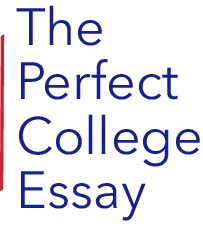Creating a balanced college list is one of the most important steps in the admissions journey. Too often, students either overload their list with super selective schools or apply only to local options they already know. The key is to diversify your list so you maximize both your chances of admission and the quality of your choices.
What Is a Balanced College List?
A balanced college list typically includes 8–12 schools divided into three categories:
- Reach Schools: Your GPA and test scores (if submitted) are below the school’s average admitted student. These are highly selective schools, including Ivy League and top-tier universities.
- Match (or Target) Schools: Your academic profile closely aligns with the average admitted student. These are schools where you have a good shot of being accepted.
- Safety Schools: Your academic profile is stronger than the average admitted student. You are very likely to be admitted.
A well-balanced list often looks like this:
- 2–3 Reach Schools
- 3–5 Match Schools
- 2–3 Safety Schools
Step-by-Step Guide to Building Your List
1. Know Yourself
Start with reflection. Think about your academic interests, preferred location, school size, campus culture, extracurricular goals, and financial needs. Use this self-awareness to filter schools that are a good fit.
2. Do Your Research
Use tools like College Board’s BigFuture, Niche, or school websites to gather data on:
- Average GPA/test scores
- Acceptance rate
- Available majors
- Campus life and values
- Financial aid and scholarships
3. Categorize by Selectivity
Once you’ve narrowed down a list of potential schools, divide them into reach, match, and safety categories based on your academic profile. Be realistic and honest about your chances—use scattergrams from tools like Naviance or Scoir if available.
4. Prioritize Fit and Feel
Don’t just apply to a school because it’s prestigious. Make sure you actually want to go there. Attend virtual tours, read student blogs, and, if possible, visit in person.
5. Keep an Eye on Cost
Make sure your list includes financial safeties—schools where you’re likely to receive merit aid or that are affordable based on your family’s financial situation. Use Net Price Calculators on each college’s website.
Final Thoughts
A strong college list is not just about getting into college—it’s about giving yourself great options to choose from. Focus on fit, be realistic about your chances, and remember: it’s not just where you get in, but where you thrive.
Need help creating your college list? Contact us for personalized admissions support!




